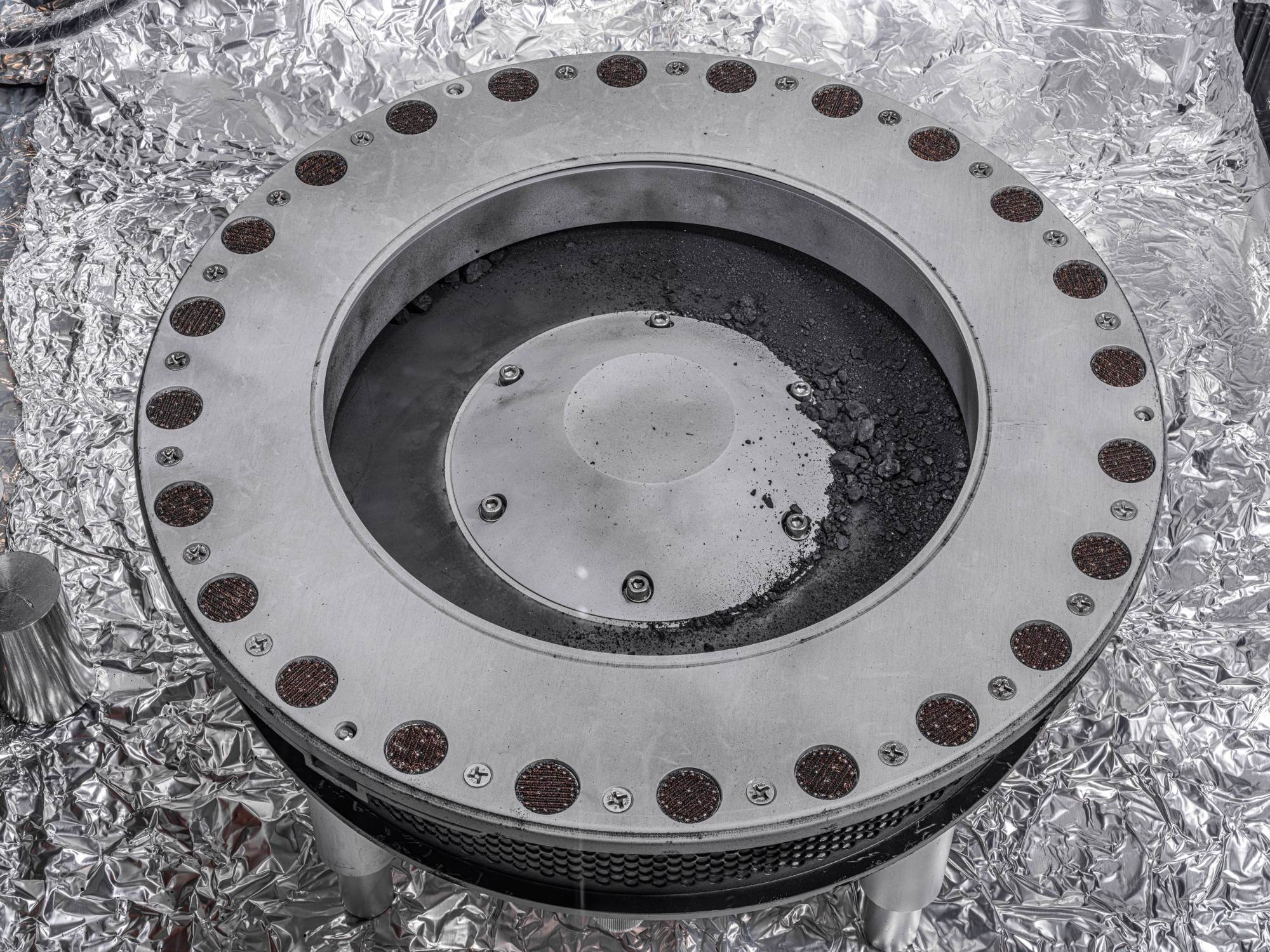The probe was tasked with finding clues about the origins of life on Earth Osiris Rex from NASA It collected and obtained pieces of an asteroid called Bennu in late 2020 Deliver it to Earth About two months ago. On Monday, scientists provided the first detailed description of some of that extraterrestrial group. “We certainly have moist, organic-rich remnants from the early solar system, which is exactly what we hoped for when we first envisioned this mission nearly 20 years ago.He explained Dante LorettaThe mission’s principal investigator at the American Geophysical Union (AGU). “I fully expect the cosmochemistry community to be engaged with this topic“.
Loretta, a professor of planetary science and cosmochemistry at the University of Arizona, reported that the fragments of the 3-billion-year-old asteroid that have been recovered so far come from the outer covering of the sample capsule and are rich in carbon particles and organic materials. All molecules are very dark in color and consist of “Gummy lumps“With dimensions of centimeters and millimeters, which have”Coarse texture similar to cauliflower“.”They cling to everything we touch“.
Samples from asteroid Bennu
The OSIRIS-Rex probe was designed to remain in contact with Bennu for 6 seconds, but instead ended up diving 0.5 meters into the asteroid’s surface for 17 seconds. The probe, a victim of its success, extracted so much material that particles began to leak out of the top of the sample collection device, but remained protected inside the outer shell. Loretta pointed to a 3.5-centimeter-long stone that appeared to have opened a small hole at the top, allowing material to seep out.
Two faulty fasteners continue to prevent technicians from removing the cover to reach inside and catalog the majority of the collected sample still trapped on top. While they wait for approval to use new tools on the precious rocks, they use forceps to pick small rocks through the partially opened flap, weighing a total of 70.3 grams, more than the expected 60 grams.
The sudden discovery
Some of this material was shipped for spectroscopy at the NASA-supported Reflection Experiments Laboratory (RELAB) facility in Rhode Island, while another batch was sent to the Natural History Museum in London. Preliminary results using spectroscopy, a scientific technique that reveals the composition of matter by studying how different wavelengths of light are reflected, show a dominant blue spectral signature. This light blue shade is currently in stock inexplicableThis could mean that space rocks contain more water than scientists initially expected, Loretta noted, adding that more results will be shared at a scientific meeting next spring.
The material also contains high amounts of magnesium, sodium and phosphorus, a combination that has so far baffled the team. “I’ve been observing meteorites for a long time and I haven’t done this Haven’t found anything like it,Loretta said. “that it headache now. What is this substance?”
Continue reading on MeteoWeb

“Internet trailblazer. Travelaholic. Passionate social media evangelist. Tv advocate.”







More Stories
Watch a real video of the comet's surface
Moon and Earth photographed from 1.5 million kilometers away: Watch NASA's stunning video
What is the ideal daily amount of carbohydrates? Know the recommended intake